TikTokers say that mouth taping leads to deeper sleep, less snoring and other benefits. Here’s what the evidence says.

Taylor Leamey
Feb. 25, 2022 4:00 a.m. PT
LISTEN
– 07:49
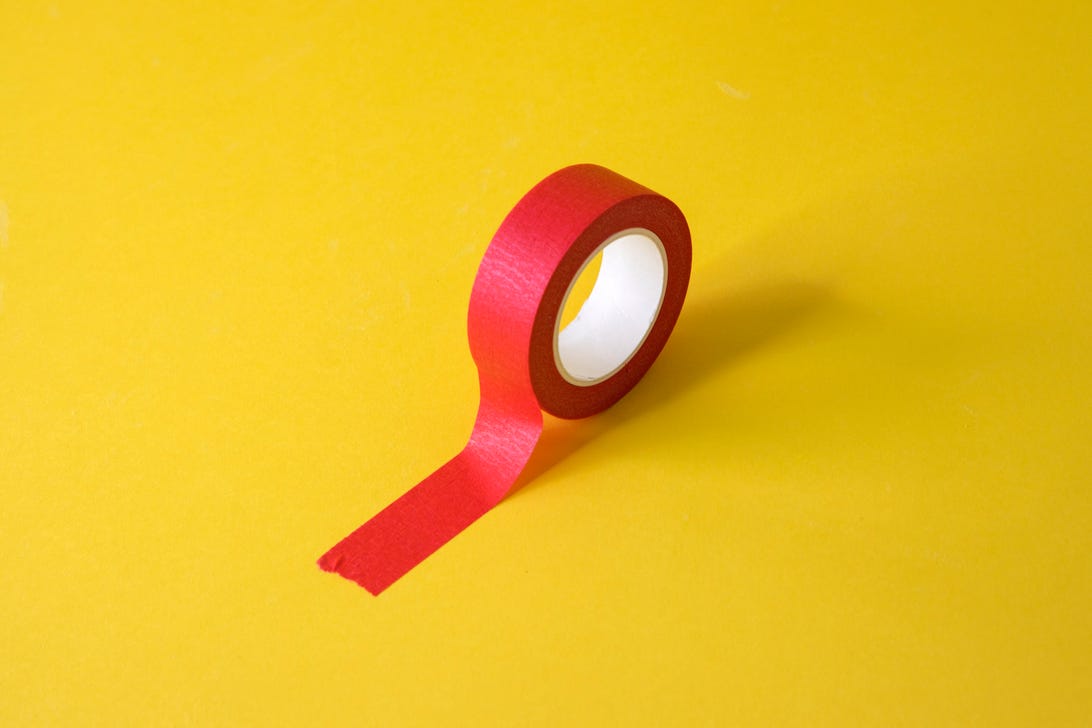
Mouth breathers, beware. Mouth taping is the latest viral TikTok sleeping hack that’s said to help you get deep sleep. Wellness creator @lexfiish has over 4.5 million views on her mouth tape TikTok, which explains how she started putting a special tape over her mouth before bed.
According to her video, mouth taping will make sure you “get the deepest sleep you’ll ever experience.” The comments are loaded with interest and praise, but is this just another social media fad or a dangerous one-off solution that should be ignored?
Anecdotal evidence suggests mouth taping might not be as outlandish as you think. But the research behind the benefits is lacking, and there are safety risks. Here’s what you should know.
What is mouth taping, and why would someone want to do it?
Mouth taping isn’t rocket science. By taping the mouth closed at night with a special, skin-safe tape, mouth-breathers are forced to breathe through their noses. We’re naturally designed to breathe in through our noses, according to medical experts. Nasal breathing produces something called nitric oxide.
“Nitric oxide is something that vasodilates your blood vessels. If you dilate your blood vessels, it’s going to help out with things like hypertension, which is a risk factor for stroke and heart disease. And it improves circulation,” says Dr. Rajkumar Dasgupta, a pulmonary and sleep specialist.
CNET HEALTH AND WELLNESS
Our Health & Wellness newsletter puts the best products, updates and advice in your inbox.SIGN ME UP!
By signing up, you agree to our Terms of Use and acknowledge the data practices in our Privacy Policy. You may unsubscribe at any time.
There are several notable benefits of breathing through your nose:
- It prevents your sinuses from drying out
- It helps filter out allergens
- It reduces anxiety
- It lowers your blood pressure
- It gives you better breath and oral health
If you’re cringing at the thought of not being able to move your mouth, you’re not alone. However, mouth taping doesn’t involve completely taping your mouth closed. The tape is porous and you can still breathe around it. The point is that it keeps your mouth closed instead of wide open and drooling on your pillow. But you’re not in danger of being unable to force your mouth open.

Watch this: Apple Fitness Plus adds new workout routines
1:47
The causes of mouth breathing can vary, and sometimes it’s just due to habit. But with more severe mouth breathing, the main culprits are nasal blockages, deviated septum and sleep apnea.
Breathing through your mouth is not bad. However, it’s not the healthiest or most effective way to breathe. It also can have some pretty serious, long-term side effects. Because mouth breathing can cause low oxygen concentration in the blood, it contributes to health issues like high blood pressure and heart problems.
Breathing through your mouth can also cause wear and fractures, caries and impacted teeth. Mouth breathers also have higher levels of gingivitis and halitosis.
Chances are, you’re not choosing to breathe through your mouth, but it can take some retraining to switch — hence the popularity of mouth taping.
Does mouth taping work?
The jury is still out on the effectiveness of mouth taping for sleeping — there isn’t much clinical research out there on the practice. However, there is anecdotal evidence that people are trying it and having some success. Lauren Forbes commented on the mouth-taping video, “I used to be a mouth breather but trained myself to only breathe through my nose. It’s soooo much healthier for so many reasons!!”
“My mum started doing this when I was a kid and she went from having frequent severe asthma attacks to mild, manageable asthma,” Lauren Sargeant added to the comments.
Still, there isn’t any scientific evidence to say whether mouth taping truly helps you sleep better. A 2015 pilot study found that oral patches can help people with sleep apnea. The study only included 30 participants, a sample size too small to draw significant conclusions. Another study in 2009 found that mouth taping isn’t effective for people with asthma.
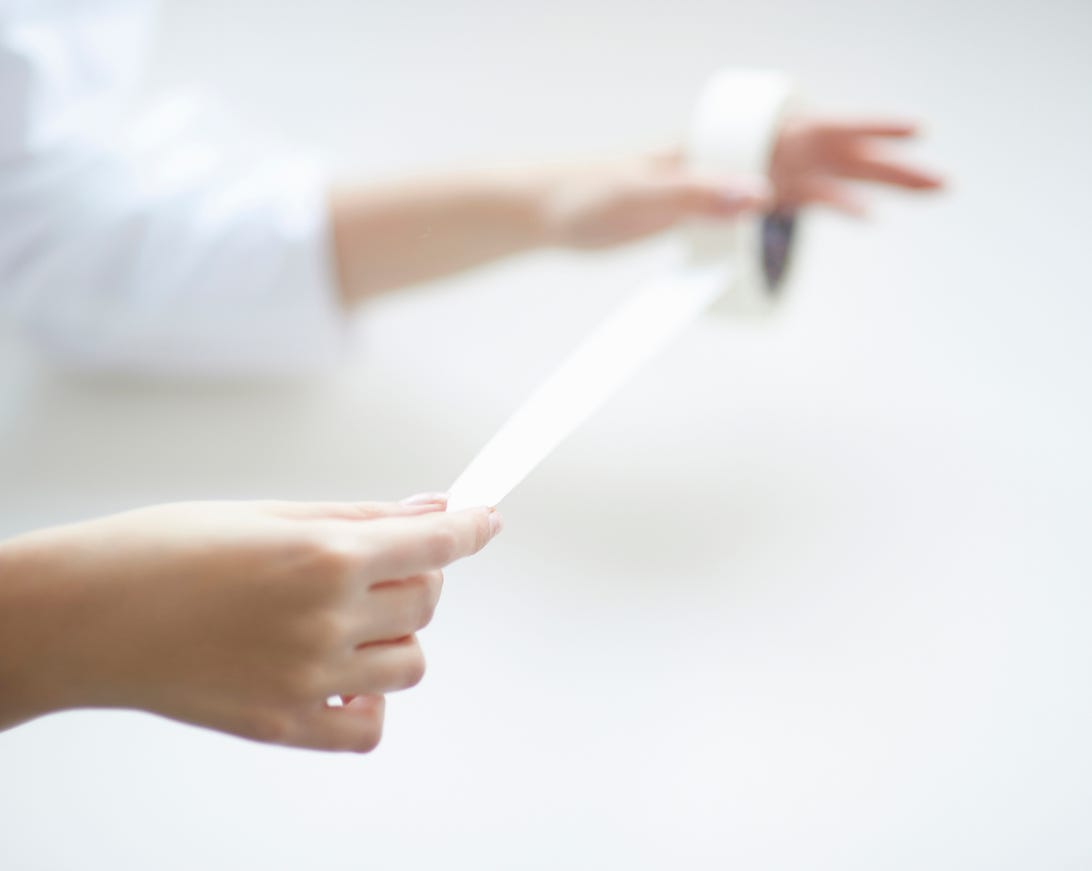
Is mouth taping safe?
Mouth taping should always be practiced with caution. It’s not safe for everyone, namely those who have trouble breathing through their noses. Don’t try mouth taping if you struggle to breathe out of your nose — because of things like allergies or a deviated septum. Taping your mouth could inhibit your ability to breathe consistent, full breaths.
If you’d like to try this trend, check with your doctor to make sure that it’s safe for you first, and keep the following guidance in mind.
Only use skin-safe tape
First, you should only use tape that is made for human skin, and do not cover your entire mouth with tape. Avoid common household options like duct tape or scotch tape that might irritate the skin around your mouth, which tends to be sensitive.
Your best bet is to use a tape specifically for this purpose, like Somnifix’s Mouth Strips or Sefudun Mouth Tape — they’re specially shaped to allow you to breathe, and their adhesive is gentle on the skin. You can also stop by your local pharmacy and pick up some surgical tape.
Tell your doctor if you snore
Some people are trying mouth taping to kick their snoring habit. It seems harmless enough, but snoring is often a sign of obstructive sleep apnea, which can be underdiagnosed in many cases because it can present differently between people. “I can’t say enough, you must rule out if you have obstructive sleep apnea first,” says Dasgupta.
We get it; the promise of no more snoring seems appealing, but mouth tape won’t treat sleep apnea symptoms. It’s better to stick with traditional methods, like a CPAP machine. Talk to your doctor and organize a sleep study to confirm whether or not you have obstructive sleep apnea, and don’t just ignore it — sleep apnea is associated with several long-term issues like high blood pressure, heart disease and stroke.
There are other ways to stop snoring that don’t involve taping your mouth shut. Dasgupta suggests you try alternatives: “I also want people to know there are other options to help out with snoring beyond taping your mouth shut. You can use a chin strap that keeps your mouth shut; it actually has more effect on your jaw. There are nasal strips that are good for some individuals. There are breathing exercises.”

Other ways to breathe better at night
Mouth taping probably won’t solve most people’s sleeping issues on its own, especially if your problem is falling asleep in the first place. And it’s not a quick fix either. “It’s not like you use it one day and get the benefits. Most people mention that they use it four to six weeks before you can start training your body to breathe through the nose without the tape,” says Dasgupta.
Like every other trend out there, it works for some people and not for others. If you don’t want to run the risk of having sticky adhesive leftover on your lips in the morning, you can try these tips to sleep better.
Change your sleeping position
You can switch your sleeping position to reduce snoring and mouth breathing. Sleeping on your side is the best option to reduce snoring and mouth breathing. Don’t worry; it’s actually pretty easy to train yourself to sleep on your side. Just use a few well-placed pillows to keep you from rolling over. You can use specialized pillows like lumbar or multiposition pillows, but that’s not essential.
Be strategic with your allergy medicine
As someone who suffers from allergies, when my nose is congested I become a mouth breather. Thankfully, allergy medicine exists and depending on when you take it, it can help relieve your symptoms. Common allergy symptoms like runny nose or sneezing often peak in the morning. So it’s a good idea to take your 24-hour allergy medication at night, so it’s circulating in your bloodstream and bringing you relief when you wake up.
Short-acting allergy medication is the most effective shortly after you take it. If you generally have trouble sleeping at night because of your allergy symptoms, try taking your short-acting allergy medication before you go to sleep.
Create a nighttime routine and stick to it
No amount of tape on your mouth will help you fall asleep if you don’t have good sleep hygiene. Your nighttime routine is crucial to ensuring you’re relaxed and your body is ready to fall asleep. The routine will vary for everyone. Some people like to read to relax; others like to take a bubble bath.
But there are a few general rules of thumb for a healthier nighttime routine. First, put away your phone and turn your TV off about a half-hour before you go to sleep. (We know scrolling through social media is fun, but trust us on this.) Try to go to sleep and wake up at the same time every day — yes, that includes weekends. Lastly, take a look at your bedroom. Is it ready for sleep? Check the temperature and maybe add some black-out curtains.
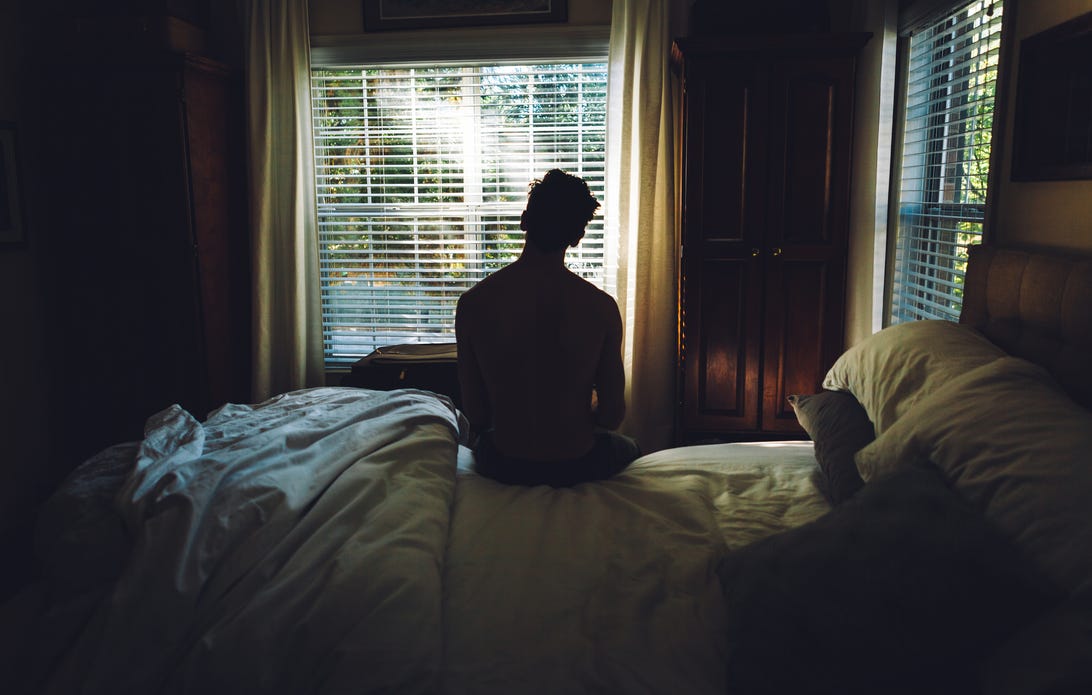
Too long, didn’t read?
Mouth taping might be a good trick to help form a habit of breathing through your nose. There’s not enough research to support its effectiveness, but it works for some people anecdotally. Talk to your doctor before you start. You may have an underlying condition, like sleep apnea, that could be exacerbated by the inability to breathe out of your mouth.
Do a trial run during the day to make sure you can tolerate it and get used to how it feels. If you typically have trouble breathing out of your nose during the day, you should probably skip this sleep hack.
First published on Feb. 24, 2022 at 12:52 p.m. PT.
The information contained in this article is for educational and informational purposes only and is not intended as health or medical advice. Always consult a physician or other qualified health provider regarding any questions you may have about a medical condition or health objectives.
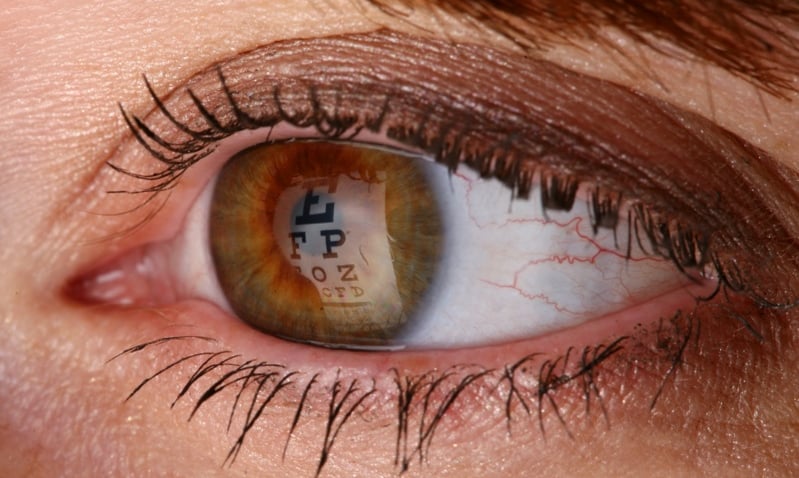

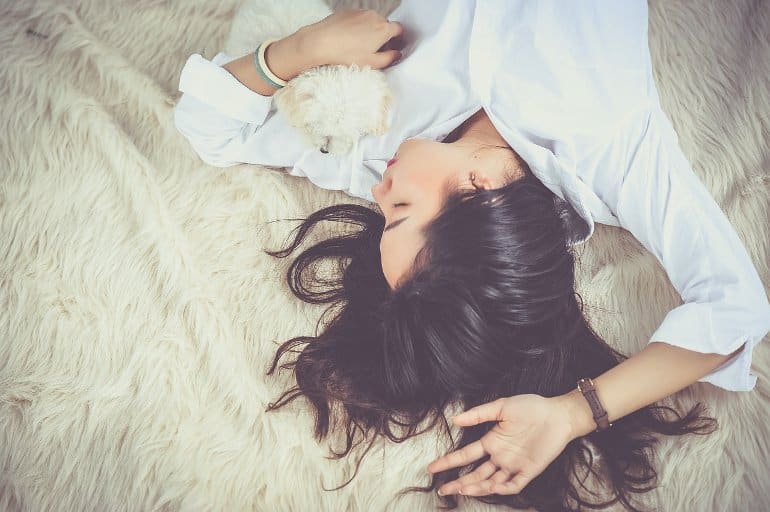

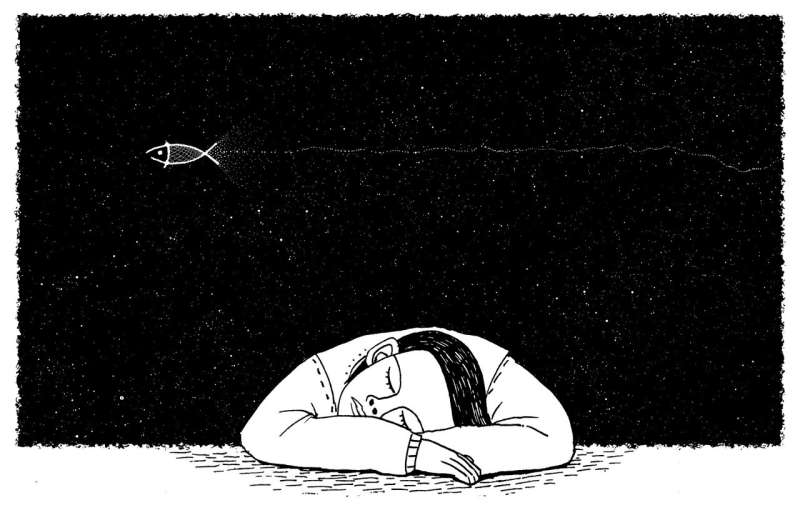



 2:00B.C supports employees returning to the workplaceB.C supports employees returning to the workplace
2:00B.C supports employees returning to the workplaceB.C supports employees returning to the workplace 5:08Omicron puts pressure on already strained health care workersOmicron puts pressure on already strained health care workers – Jan 14, 2022
5:08Omicron puts pressure on already strained health care workersOmicron puts pressure on already strained health care workers – Jan 14, 2022
